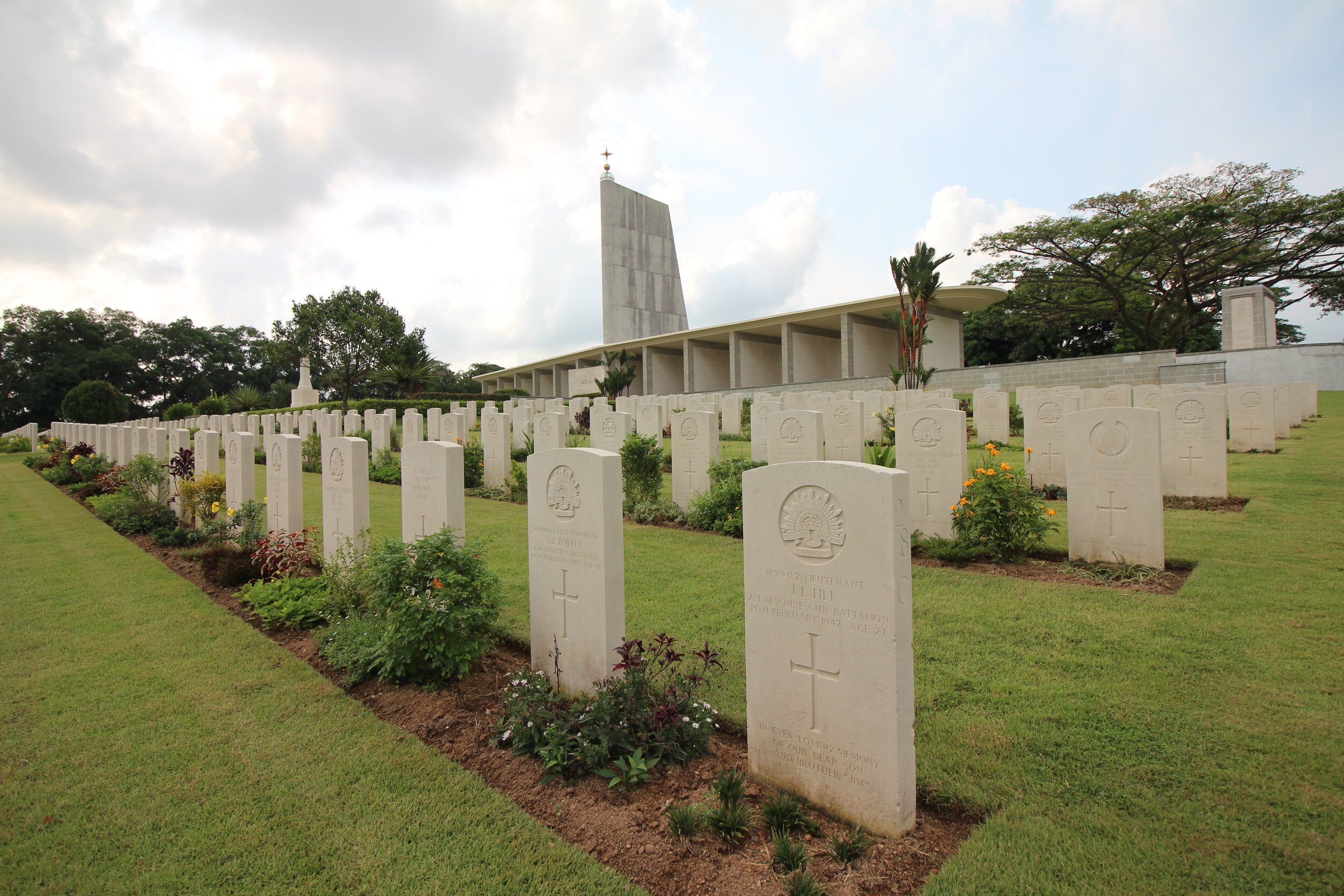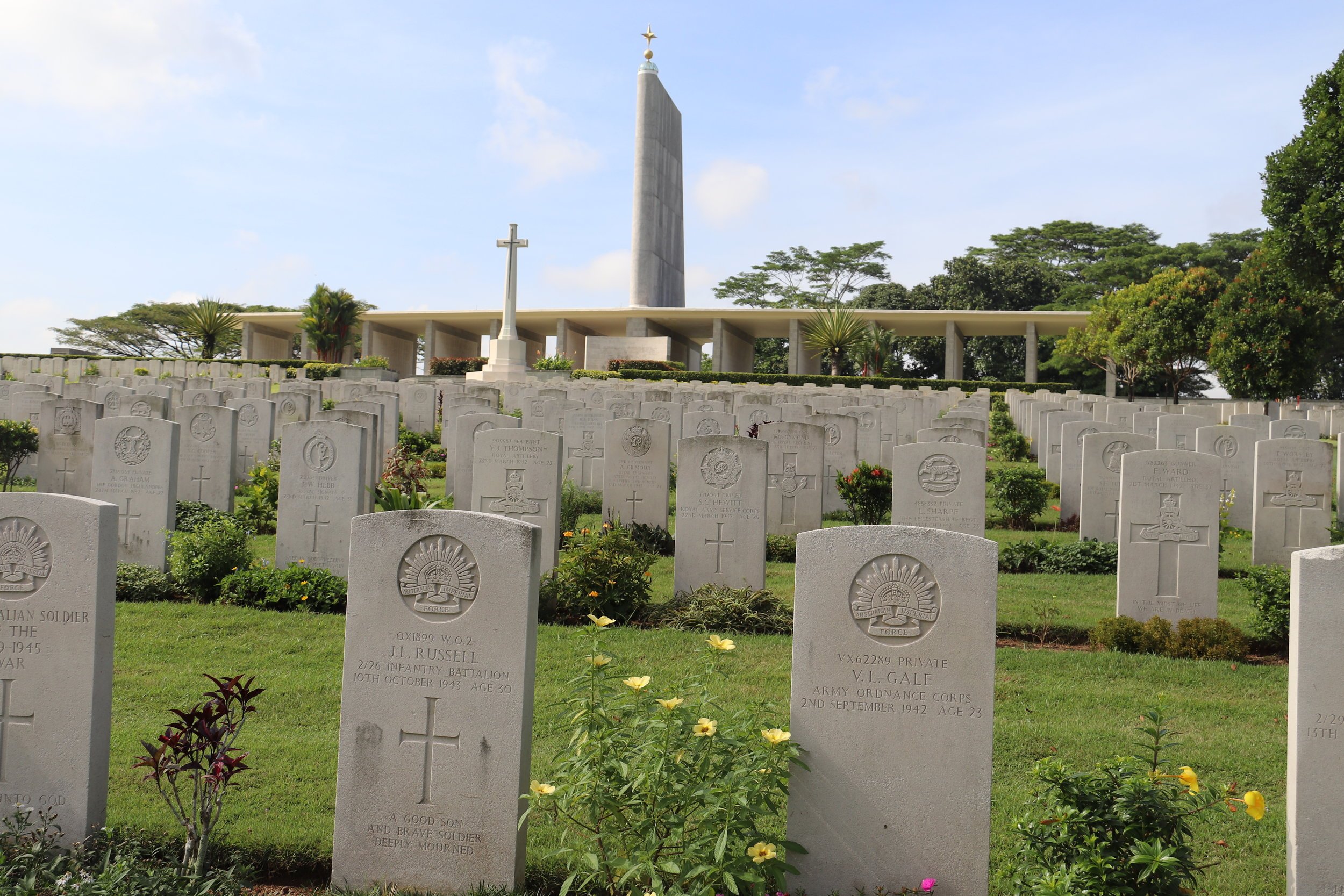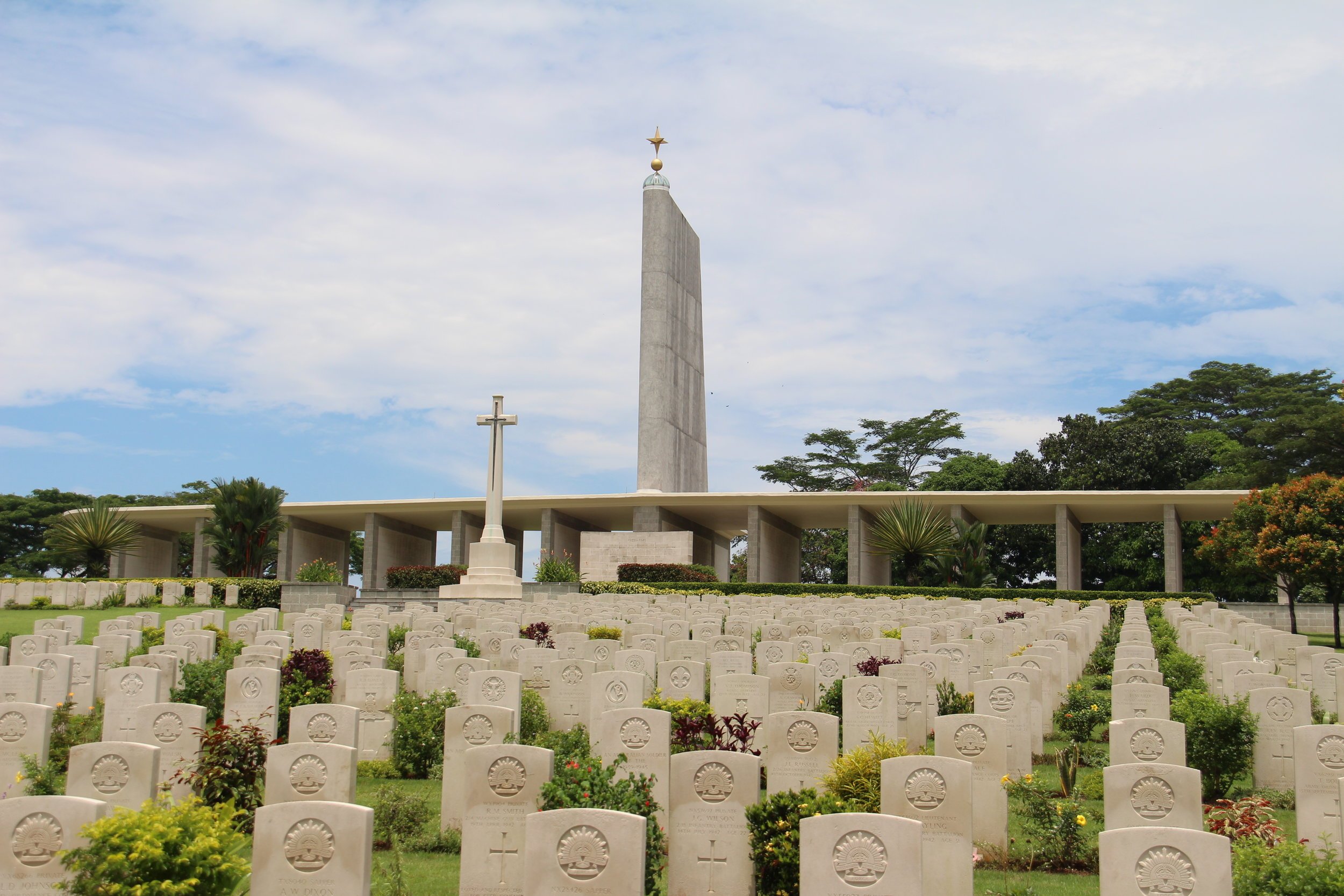Singapore's 'Dunkirk' 1942
The massacre of 21 Australian nurses on a beach on Bangka Island, following the sinking of the SS Vyner Brooke, had everyone outraged. But the sinking of the Vyner Brooke was not an isolated incident. In an operation that would be described as Singapore’s ‘Dunkirk’, the incompetence of the British led Allied High Command in Singapore was evident and many people died as a result.
80th Anniversary - Attack on Pearl Harbour
The 7th December 2021 (Honolulu time) marks the 80th Anniversary of the coordinated Japanese attack on Pearl Harbour, Hong Kong, the Philippines and Northern Malaya. It would bring WWII to the Pacific, the British stronghold at Singapore would be lost and over 80,000 Allied soldiers became prisoners of war of the Japanese. Hundreds of thousands from both sides would die and untold destruction would occur.
Prisoners of the Japanese
With the Fall of Singapore, about 80,000 allied soldiers became prisoners of war (POW’s) of the Japanese. On the islands of Java and Sumartra, another 40,000 became capitive while about 3,000 from Timor, Ambon and New Britian also became POW's. So what did the Japanese do with these POW's?
Escape from the Japanese in WW2
After the Fall of Singapore, about 120,000 Allied and dutch soldiers including 22,000 Australians, became prisoners of war (POW’s) of the Japanese. The Japanese used the POW’s as forced labour either to reconstruct bombed airfields, to build the Burma-Thailand Railway or to work in the coal mines or factories in Japan. But little is ever mentioned about the POW’s who either escaped or attempted to escape.
Bangka Island Massacre
In September 1941, the 2/13th Australian General Hospital (2/13th AGH) arrived in Singapore with a staff of 211, including 44 nurses. Initially, the nurses were attached to other units treating very few patients and spending their time learning about tropical diseases and training in modern military surgical practices. It was a carefree and happy life for them. But this would change.
Fall of Singapore: Australia, a Scapegoat
British General Wavell’s report into the Fall of Singapore was declassified on the 1st January 1993, after a 50 year suppression under the UK Secrets Act. The report made scathing allegations against Australian soldiers on Singapore Island leading up to the Fall of Singapore. Allegations that included desertion, indiscipline and failure to send out required patrols. Was this true?
Major-General Gordon Bennett, General Officer Commanding AIF, Malaya 1941-1942
Lieutenant-General Arthur Percival, the General Officer Commanding Malaya, was a controversial figure for his part in the Fall of Singapore. But equally, so was Major-General (later to be Lieutenant-General) Henry Gordon (Gordon) Bennett. With a near contempt for British senior officers gained from WW1, an outspoken nature and a confidence in his own ability, Bennett clashed with Percival and the other generals of the Allied High Command in Singapore. But, unlike the other generals, Bennett escaped from Singapore, just hours after Percival had signed the surrender.
Lieutenant Till: Ex 2/4th Machine Gun Battalion AIF
Only 48 hours before the invasion of Singapore Island by the Japanese, a composite battalion was formed to help strengthen the Australian numbers defending the North West corner of the island. Known as the Special Reserve Battalion (SRB), it comprised men from the Australian Army Service Corps (AASC), Ordinance units and a company from the 2/4th Machine Gun Battalion. The AASC (cooks, mechanics, drivers, clerks etc.) were relatively untrained. Such was the desperation of the time.
Lieutenant Meiklejohn: 2/4th Machine Gun Battalion AIF
Lieutenant John Thompson Meiklejohn was a member of the Australian 2/4th Machine Gun Battalion which was part of the Australian 8th Division’s 22nd Brigade. His story of heroism while leading his men, is the story of the initial invasion of Singapore on the night of the 8th February 1942.
Nong Pladuc POW Camp
In the construction of the Burma-Thailand Railway during World War 2, allied POW camps made of thatched huts and usually with dirt floors, were built at regular intervals along the railway. In most cases, as each section of the railway was finished, the camp was vacated and was either dismantled by locals or allowed to be consumed by the jungle.
Fall of Singapore: An Overview
Within hours of the Japanese Navy’s attack on Pearl Harbour, the Imperial Japanese Army invaded Malaya (now Malaysia) both through Thailand and by landing on its north-east coast at Kota Bahru. Just over two months later, the British-led allied forces in Singapore would surrender.
Operation Rimau
On the night of the 26th September 1943, six men in three small collapsible canoes paddled into Singapore Harbour. Limpet mines were attached to several Japanese cargo ships and their timers set. As quickly as they arrived, they left. Shortly after, massive explosions rocked the area and about 39,000 tonnes of shipping were sent to the bottom of the harbour.
Private Mick Johnston
On Anzac Day (25th April) and Remembrance Day (11th November) each year, we reflect on those brave men and women who gave there lives in the defense of our country. We also remember those who have gone to war, returned, but suffered the physical and mental anguish of their duty.
In 2009, while undertaking family history research, I found a forgotten member of the family who died in World War 2 while working as a POW on the Burma-Thailand Railway.
Breavington and Gale
The Kranji Memorial (War Cemetery) is the final resting place for about 4,000 allied service men and women and also listed on the walls of the Singapore Memorial, are some 23,000 names of those who have no known grave. Each a hero, giving their life while in the service of their country. But some if not many, have a special and rather unique story. In this case, a story that shows the best and the worst in humanity having a dramatic outcome when four allied POW’s stood before a firing squad at Selarang Beach on the 2nd September 1942.
The Traitor of Singapore
All cemeteries around the world, both civilian and military, contain a wealth of stories about the people who have been buried or honored there. The Kranji Memorial, the war cemetery at Singapore, is no different. The allied soldiers buried there and names of those who have no known grave and are recorded on the walls of the Singapore Memorial, all have their story. Some may have died in battle, some may have died because of the harsh treatment of the Japanese while in captivity and others may have died in more sensational circumstances.
Singapore General Hospital
At the Kranji Memorial (war cemetery), a small monument is discretely located at the eastern end of the Singapore Memorial. The Singapore Civil Hospital Grave Memorial lists the names of 107 allied soldiers buried in a grave at the Singapore General Hospital.
Gunner Brown
Kranji Memorial (War Cemetery) in Singapore, has the graves of nearly 4,500 servicemen. Also at the cemetery is a winged structure known as the Singapore Memorial. On its walls are the names of over 24,000 servicemen who have no known grave.

















